|
By Nicole Harris
You can learn more about NACHMO Boston and take the #MonkeyhouseNACHMOChallenge by following us on Instagram! (P.S.You can support Christopher and all of Monkeyhouse’s fiscally sponsored artists here!) N: This is your fourth NACHMO, making you a pro! Do you have any advice for first time participants or artists who have felt nervous about taking the challenge? Christopher Croucher: Honestly, I feel like NACHMO is the perfect way to shake off those nerves. The way that NACHMO Boston supports the choreographers really makes it a choose-your-own-adventure kind of challenge. Put in as much or as little energy as you have to give, really, it’s okay! As Brenna Banister and Alive Dance Collective say, we’re full time humans and part time dancers. It’s okay to jump in at the deep end or stick a toe in the wading pool. No matter what, you’re going to take something from this experience! I think the most important things to remember are that 1. This should be fun, otherwise why do it? and 2. You’re stepping into one of the least judgmental and most supportive communities you’ll find in the dance world…enjoy it. You never know what will come out of it until you shake it off and go for it. N: You have been incredibly busy in the last year working on Letting the Land Lead. Can you tell us a little more about it? Where are you hoping it goes from here?
There’s a lot of growing to do but when I look back on all that’s happened in 2022 and particularly since NACHMO 2021, I know that growth is absolutely possible!
N: With all the site specific work you’ve been doing, how are you translating work that is made to be done outside in nature to an indoor traditional performance space? CC: Site specific work is very important to Letting the Land Lead and its function of connecting folks to their ecological environments, however, the backbone of the creative process for LTLL is actually pretty translatable. It starts with a somatic meditation practice that I do with participants and performers and we create the movement from there. It may be that, for this NACHMO, instead of starting in-studio and bringing the movement outside to let the land lead, I’ll start outside and bring it in…we’ll see! N: Monkeyhouse and NACHMO Boston believe that we wouldn’t be here without the support of our community. Who is one of your favorite local choreographers and why? CC: I’m going to cheat a little and mention two choreographers because I met them both through the National Arts Strategies Creative Community Fellowship this year and I really love the work they’re both doing. There are certainly more, including more I met during the Fellowship, but I’ll keep it as brief as I can. The first is Ellice Patterson who is the Artistic Director of Abilities Dance Boston. Ellice is a wonderful person and also an incredibly powerful activist for social change. The company not only creates dance work that centers dancers who identify as disabled, telling the truths of their own stories, but also works towards extending true accessibility to all people of all needs in the performing community and beyond, even to the point of fighting for changes to legislation that will support this work. I am truly humbled by the force of change that is Ellice Patterson. (abilitiesdanceboston.org) And Amanda Whitworth. Amanda is a co-founder of Articine, an organization that brings together the worlds of art and medicine to both support health care workers and inspire them to treat their patients from a place of deeper compassion and humanity. The ideas and research behind this work are truly fantastic and Amanda herself is an incredibly kind and supportive person who clearly loves the work she does. Her excitement for it is palpable and infectious and makes me smile whenever I get a chance to speak with her. (articine.org) Truly, the dance world, and the world as a whole, is better for the work these two choreographers are doing.
0 Comments
N: A lot happens during NACHMO Boston, this year more than most. In what ways did and didn’t your piece become the thing you thought it would at the start of the month? CC: I could not possibly have anticipated what developed from the unique circumstances of this year’s choreography challenge. My original intention was to set a work that was completelychoreographed, solid and repeatable, mainly because most of my work over the last few years has been largely improvisation-based. I also intended it to be filmed entirely outdoors. However, one thing I could not have anticipated was that I would end up being exposed to and contracting coronavirus very early on in the endeavor. That completely derailed the process but led me to examine how to conserve energy and work efficiently with the circumstances I was given. It forced me to be creative in ways that I would otherwise have resisted. It required me to set aside expectation entirely and strive for what made sense in the moment rather than trying to force something into existence. That’s where the idea of using a guided mediation came about. In the piece When We’re Stuck Inside, I was literally stuck inside, unable to go anywhere and frankly too exhausted to have gone anywhere anyway. But I am an energy healer and guided meditation plays a major role in my healing work. I decided to create a meditation as the soundtrack in an effort to suggest that one way to find joy is to find or create it in the mind. When I was able to film outside again, I used it as an opportunity to explore the relationship between inside and out that could signify finding the sense of joy as in a dream. It seems to have worked better than I intended because a number of people who saw the work in progress told me that, rather than feeling the piece as a suggestion, they went on the journey through the meditation as it was happening, feeling relaxed and happier afterward. The most unexpected part is that this led to an expanded project around this idea that is now in the first stages of production! I can’t say too much yet but I’m bursting with excitement over the possibilities of the first iteration and many more to follow!!! Now I definitely didn’t think my piece for NACHMO 2021 would become that, but here it is and I am so grateful!
For the Malden Dance Mile, I entirely re-filmed the piece but spent a great deal of time planning and implementing the production. Having the opportunity to hone the piece after the first showing was such an incredible learning experience. It’s still not perfect, (when will it ever be really) but I took to heart the suggestions given in the workshops and mentorship opportunities that NACHMO Boston provided this year which I feel elevated the piece in ways I had never considered before. And let me pause here to say how grateful I am for the grace and skill with which NACHMO Boston handled the challenges of this format. N: Who are your mentors? What makes those relationships special to you? What are you doing to pay forward the gifts they have given you? CC: I am lucky to have had some wonderful teachers and mentors in my life as a dancer. I went to Bard College as an undergraduate to major in dance. I met some wonderful teachers there, two of whom I would like to mention in particular because they are no longer with us and I often think of them when I dance: Lenore Latimer and Aileen Passloff. Both of those wonderful women inspired me to dance with authenticity and honesty to who I am as a human being. I can never thank them enough for what they taught me in the short time I knew them. The rest of my professors in the dance department at Bard College all had a hand in making me the dancer and choreographer I am today. Peggy Florin, Jean Churchill, Maria Simpson, Leah Cox, Stuart Singer, Marjorie Folkman…each of these wonderful teachers and more all gave me something important. They inspired me, challenged old thought patterns, supported me while I learned to dance on pointe (even if they weren’t thrilled about it at times), and pushed me to discover what my way of dancing through the world is. In a completely different way, my Master’s Tutor at the Glasgow School of Art, Michelle Hannah, challenged me as an artist. Without that challenge, I might never have thought to push beyond what I thought of as dance performance, stretching into the world of fine art performance as well. Her support was invaluable in that process. And then there’s Dance Prism Ballet Company. Dance Prism, and its Artistic Director Mary Demaso, have become like an extended family to me. Though I have come and gone back and forth over the years that I have been dancing with the company, every time I walk through that studio door it feels like coming home. I am so lucky to call Mary and the wonderful group of dancers at Dance Prism my friends. Truth be told, I don’t know that I can ever do enough to pay forward what these wonderful dancers and teachers have given me over the years. The best I can do today is to keep making work and bringing dance into the world. Hopefully, someday I can inspire someone the way they did for me.
That being said, I have had some incredible experiences over the years with organizations like The Dance Complex, Dancing Queerly, Luminarium Dance Company, and of course Monkeyhouse. The works I have seen, classes I’ve attended, workshops I’ve taken and auditions I’ve been to have all been integral to the process of understanding who I am as a choreographer and dancer.
N: What are you most excited about for this year’s National Choreography Month? C: This is the first National Choreography Month that I’ve participated in so I’m excited for the experience and to see what kind of work the choreographers come up with. I’m really excited to be getting my work out there in a public setting. Since I graduated from Bard College about five years ago I’ve been dancing as a company member in Dance Prism, a small ballet company in West Concord, MA. It’s a wonderful company and community but with a degree in modern choreography I only really get to showcase any of my own work during our summer studio performance. Most of my solo work is done on pointe so I’m also interested to see what the general reaction is to my kind of work with a man dancing on pointe, being that it’s my first time putting it in front of a wider audience.
N: Who are some of your favorite choreographers?
C: My favorite choreographer is Antony Tudor. I love his understated style of ballet. It is so smooth and yet says so much. I often show clips of his Jardin aux Lilas and The Leaves are Fading to my dancers when I start a new piece, to give them a sense of the subtle arms and understated emotional cues that I love to see. I also love a lot of Twyla Tharp’s work because of her use of pointe shoes in a more modern setting. I love to see subtlety in a choreographer’s work. My “wow” moments happen most often when a choreographer hits all the right notes, in movement design, music choice, and their ability to elicit just the right response from a dancer. When a choreographer is able to make all the pieces fall together, it is just magical. N: What changes in your process to build a piece in such a short time span (one month)? How long do you usually take to create work? C: Honestly, I am fairly well used to creating work in less than a month. For the summer performance that I mentioned earlier I am usually working on up to four of my own pieces while learning other choreographer’s pieces as well in an equally short time. I’ve been doing this for five years now so I am no stranger to this process. I do like to have time to go back and modify the work if the piece needs it. Having more time allows for more precision but the shorter rehearsal period, as I said before, has forced me to let go of my perfectionism. It has actually allowed me to produce a piece to which I feel surprisingly connected thus far because I don’t have time to obsess over the details. I’m also working on a piece now that won’t be performed until the summer and I am setting it on two dancers from Dance Prism which means that I am experiencing two very different kinds of process at the same time. It has certainly been an interesting experience to hold back to back rehearsals, one in which I can take all the time in the world to communicate the piece to my dancers, and one in which I struggle over trying to let go of detail enough to fall in love with my own movement in a very short period. It has been a very enlightening month of choreography and art. |
Categories
All
Archives
April 2023
|
MONKEYHOUSE
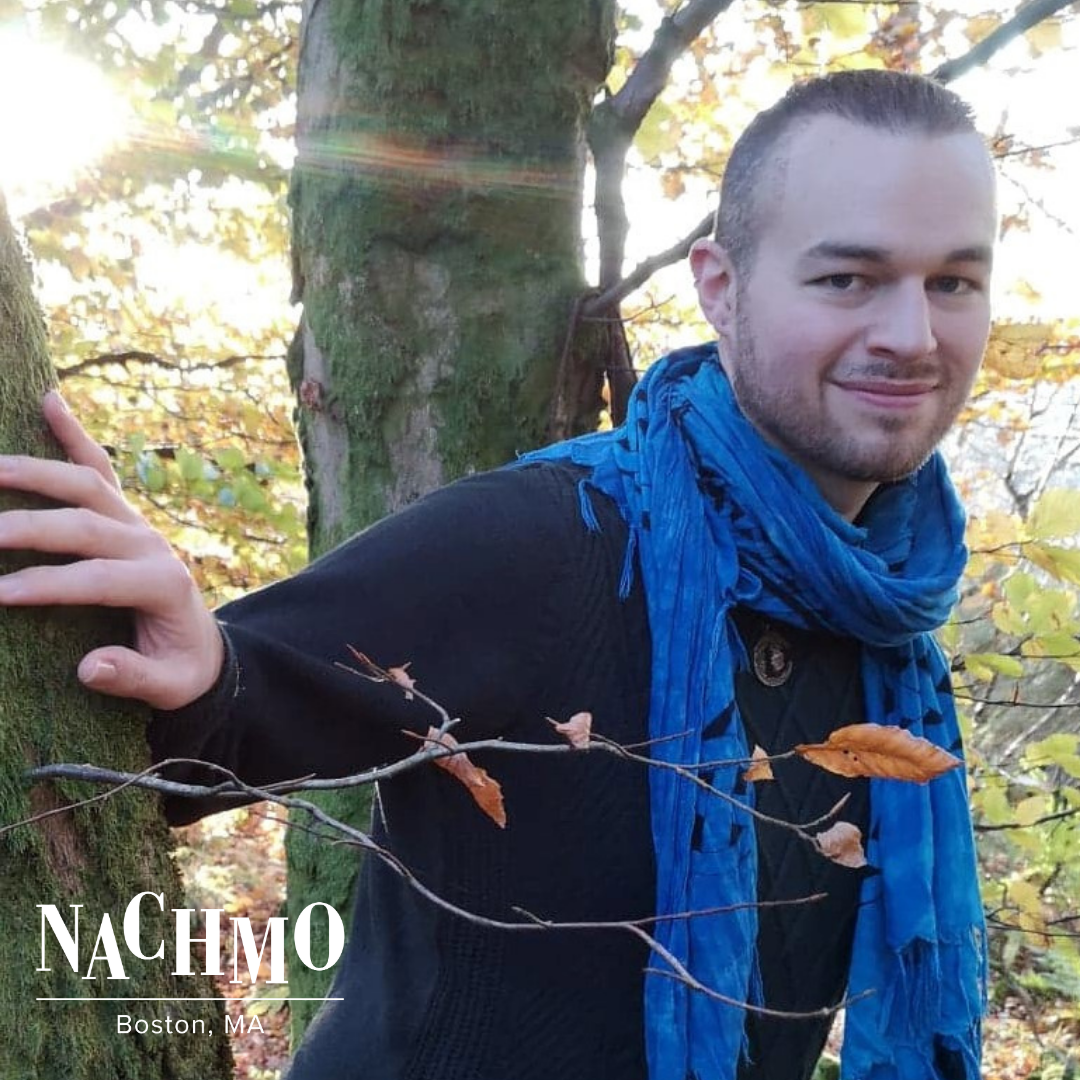

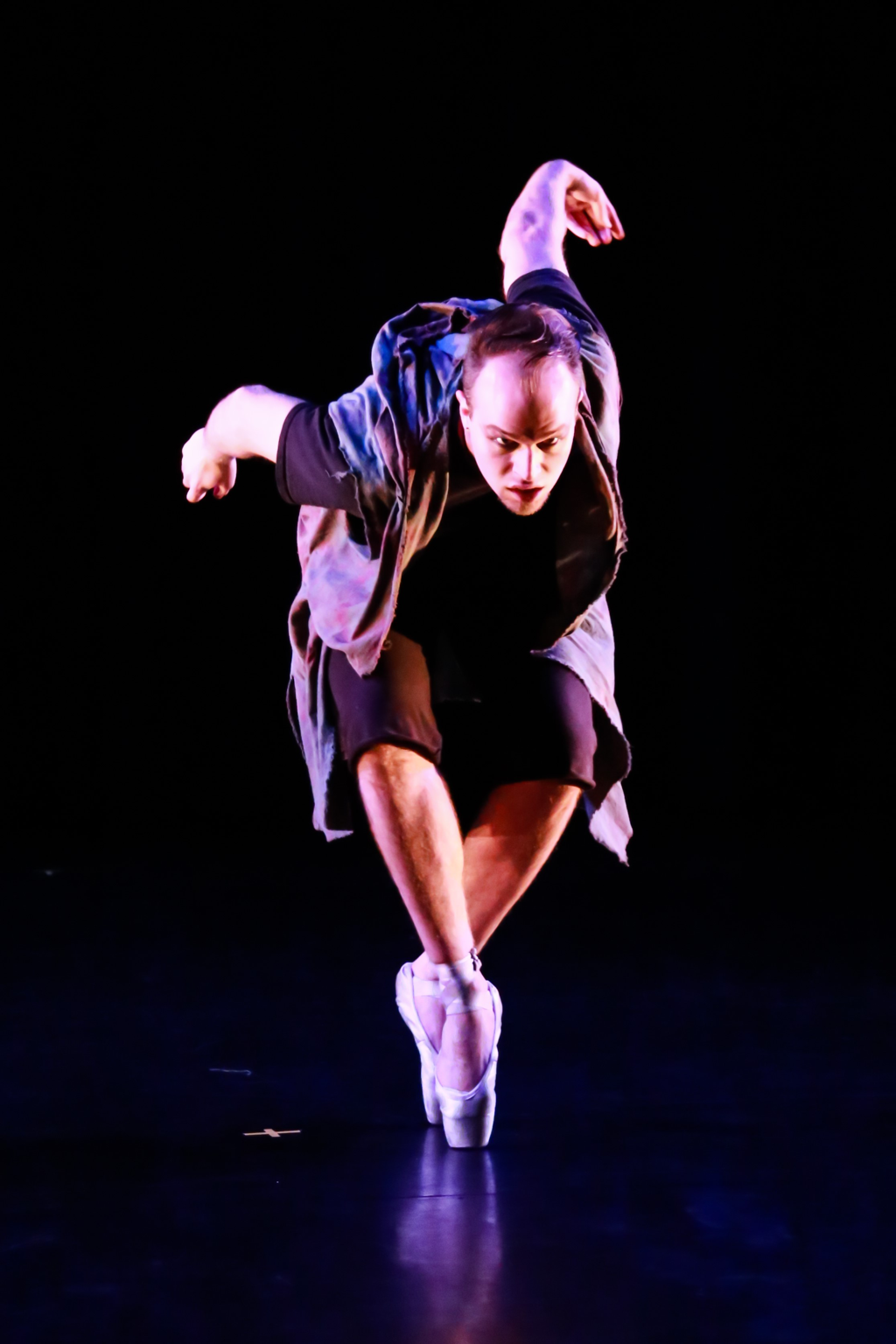
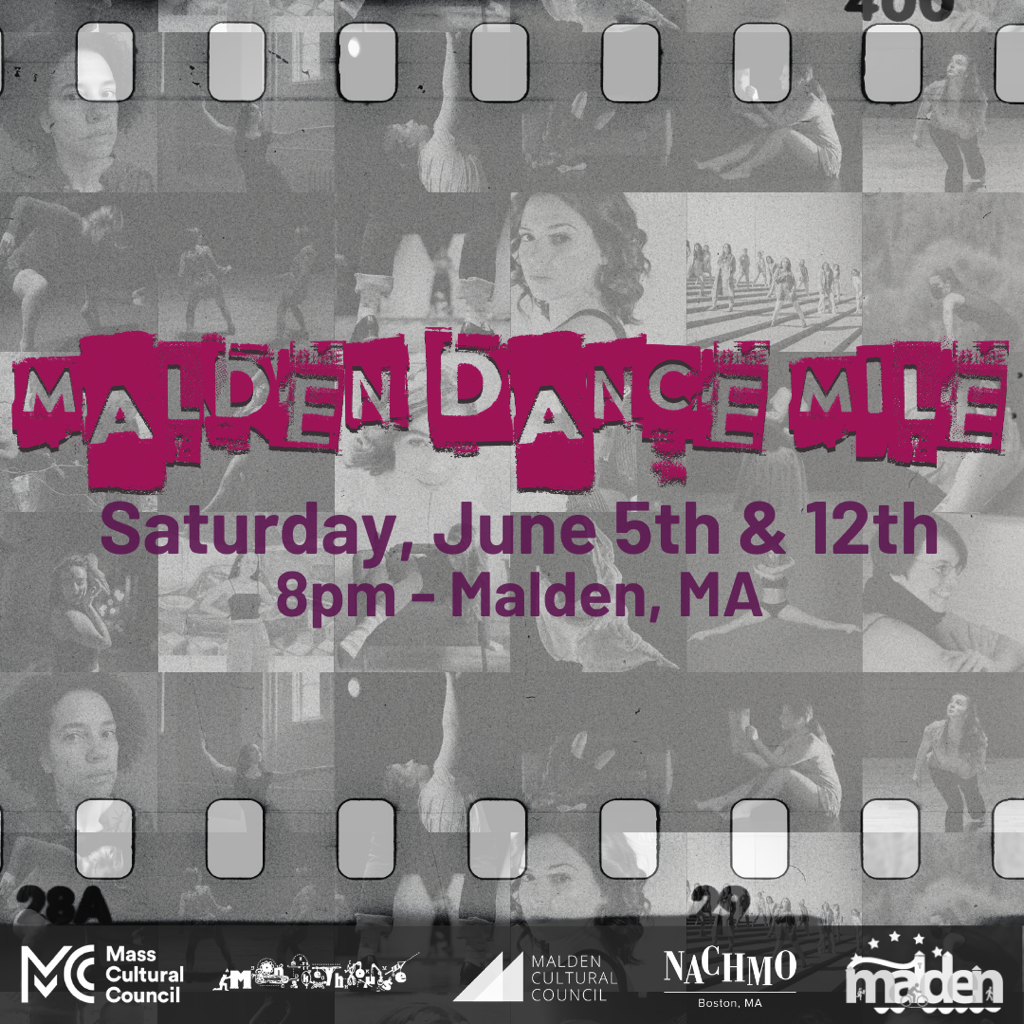
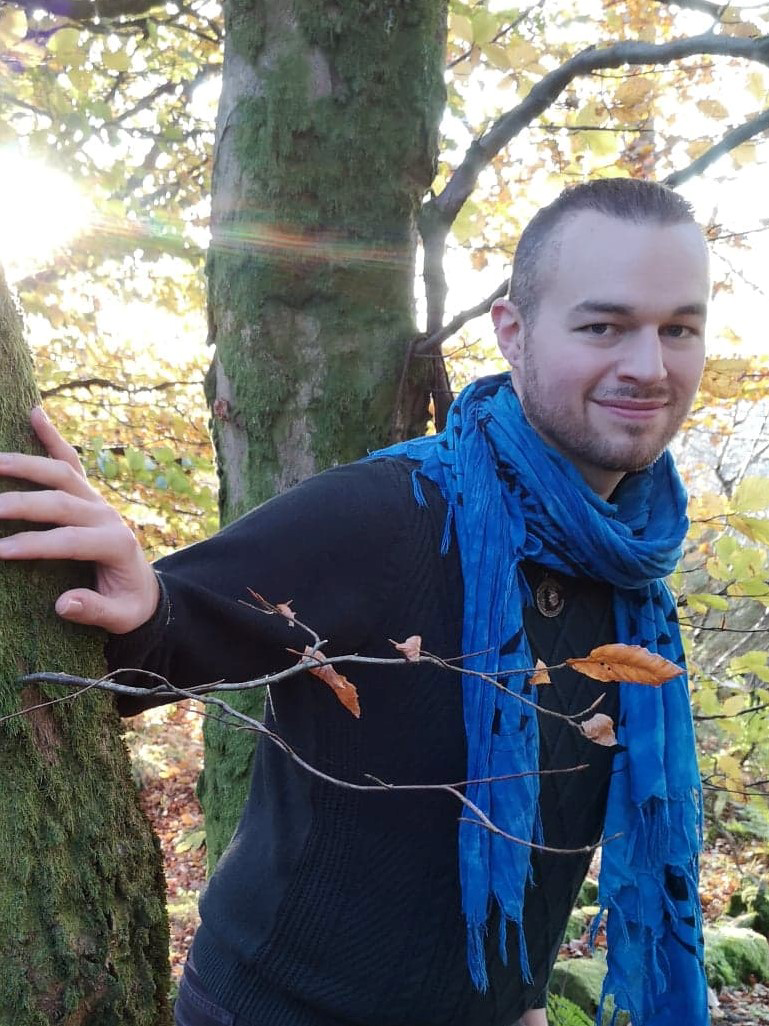
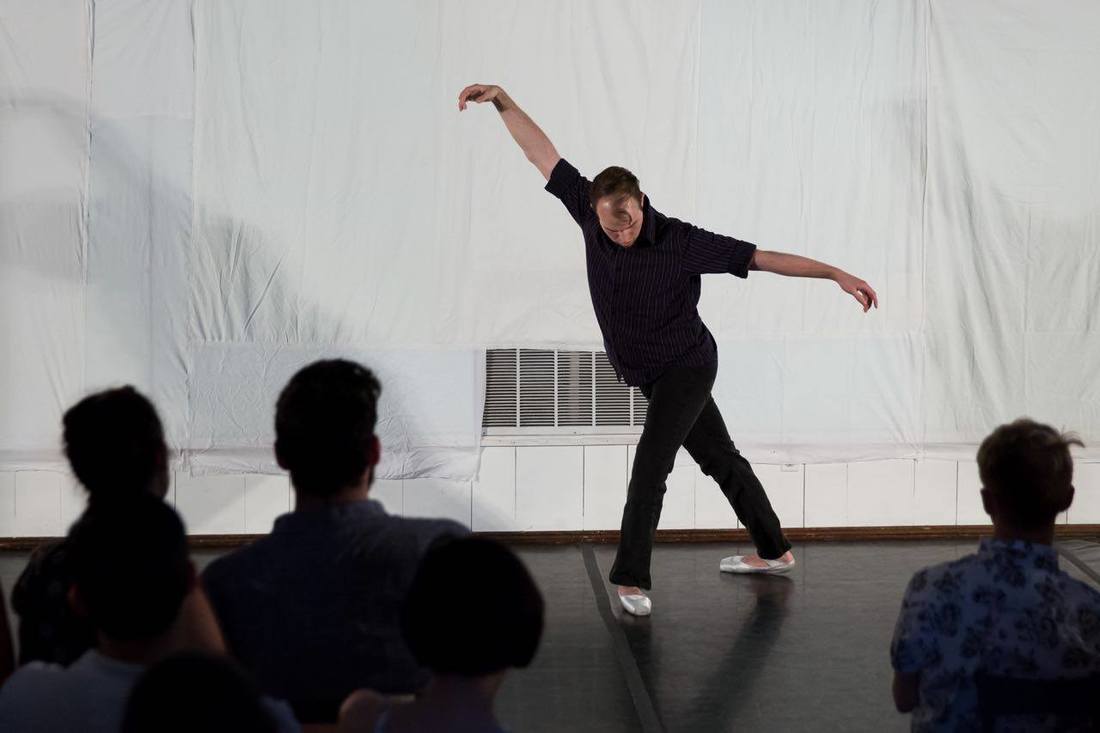
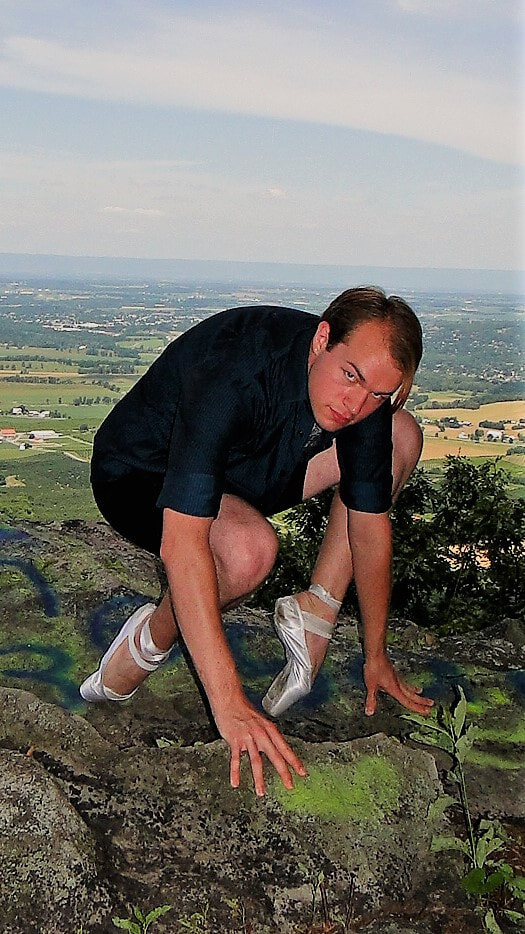
 RSS Feed
RSS Feed
